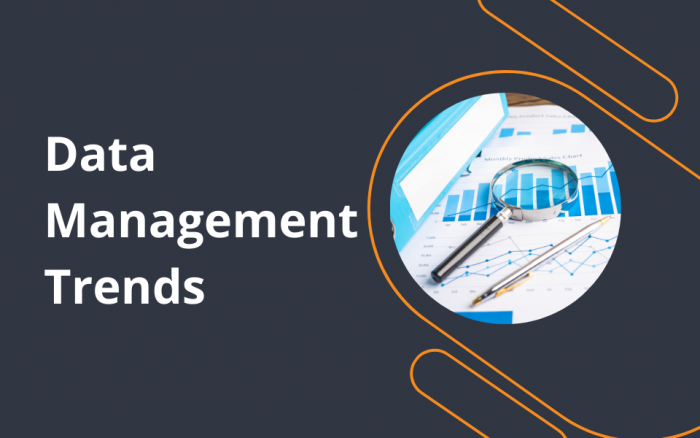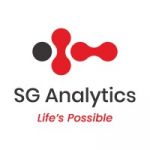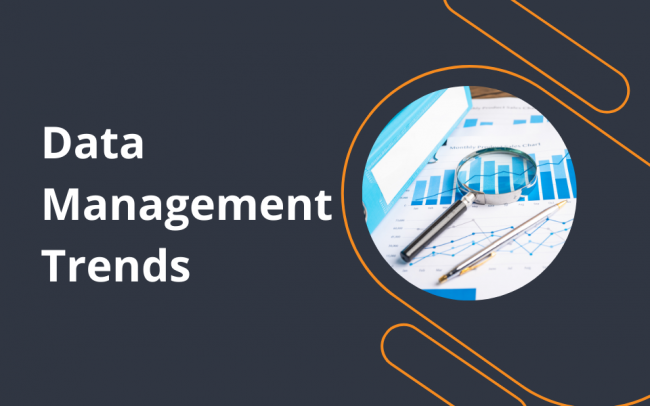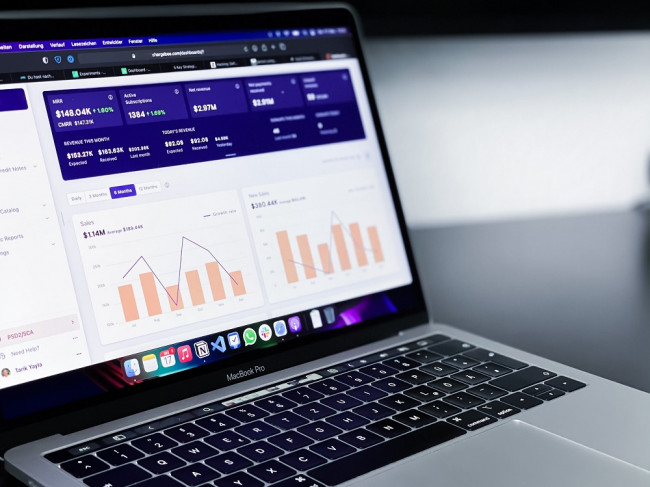Organizations can encounter challenges coordinating in-house reporting activities because multiple data systems store vital business intelligence. Branch offices, suppliers’ databases, research teams’ documents, archived accounting records, and more might rely on outdated technologies. Otherwise, a lack of cloud-based centralization will make consolidation almost impossible. This post elaborates on data integration strategies to help businesses connect disparate data sources.
What is data Integration?
Data integration involves planning, developing, and maintaining IT ecosystems for unified reporting views based on disparate data sources. It enables data processing professionals to leverage all data in distinct systems to offer organization-level insights. Therefore, it is essential in comprehensive data lifecycle management and analytics.
The file format might be incompatible with your modern database management system (DBMS). Likewise, a program generating project documentation might lose some features, like shared resources, due to cybersecurity policies. Your suppliers can utilize distinct hardware and software configurations to develop reports different than what your teams prefer.

These cases necessitate methods to capture, duplicate, preserve, transform, standardize, analyze, and visualize data from disparate sources. Some cloud platforms can also facilitate report consolidation and real-time data streaming to enhance data integration.
Data Integration Strategies Connecting Disparate Data Sources
1| Data Consolidation
It is an integration and data management strategy concerning transferring data from multiple sources to a unified repository. The extensive data at a global organization will require adequate and scalable data storage. Data warehousing or data lakes can help.
Although you can quickly retrieve data through a consolidation strategy, initial data migration will have compatibility and transfer rate challenges. However, correct planning for data migration will reduce the risk of losing data due to bandwidth, network stability, or hardware efficiency issues.
Centralizing business intelligence (BI) assets implies that an unwanted cybersecurity event will immediately jeopardize all vital resources. As a result, data processing specialists must utilize encrypted channels and secure hardware for extensive data transfer.
2| Data Streaming
Data federation or data streaming ensures ease of unified report creation while avoiding changing the data storage location. So, disparate data sources will retain BI assets. However, continuous connectivity between the sources is crucial to stream data and simulate computing centralization.
Unlike consolidation, data integration strategies prioritizing federation distribute the risk of data loss due to centralization or technological problems across disparate sources. If you ensure network stability, you get real-time data access due to data streams and animated dashboards.
Animated dashboards visualize the changes in datasets as they happen, empowering managers and data strategists to create reports ad hoc.
3| Data Propagation
Data propagation combines consolidation and federation methods. Therefore, it preserves data at disparate sources while replicating it in another storage location. If it is consistent, this synchronized data copying consumes remarkable networking resources.
Today, data integration strategies optimize data propagation by syncing database modifications and metadata on one location with another source at a specified schedule. Doing so reduces the burden of background processes on computing systems and frees the bandwidth for other use cases.
4| Data Modernization
Data modernization gathers BI assets in legacy, modern, automated, and manual sources for cloud computing integration. It divides data transfer tasks based on compatibility and freshness to avoid data loss due to incompatibility problems between legacy and modern DBMS.
Liberating data from department-level or branch office silos is an advantage of modernizing IT operations. You can also employ data transformation methods to address inconsistent formatting and metadata quality issues.
Components of Data Integration
1| Change Data Capture (CDC)
CDC allows for selective synchronization based on modified data assets. Therefore, all data replication and streaming consume sufficient resources without loading the networking infrastructure with excess synchronization requests.
Similar methods help streamline daily backups, report sharing, and changelog tracking. They evaluate changed and unmodified data objects leveraging metadata and master data management (MDM).
2| Extract-Transform-Load (ETL)
ETL pipelines provide standardization encompassing data availability, formatting consistency, and compatibility assurance. Data engineers develop ETL pipelines after consulting data analysts, architects, strategists, and managers. On the other hand, the approach ELT, or extract-load-transform, ingests data in its raw state, initiating transformation tasks later.
3| Application Programming Interfaces (APIs)
An API allows developers to augment the functionality of in-house software projects through third-party code. It unlocks uncountable user experience (UX) customization opportunities. So, companies can focus on data integration tools suitable for employees and long-term objectives.
Application-based integration helps share data assets between DBMS in different departments. So, your sales team and marketing department can collaborate on shared databases. Likewise, finance, talent management, and workplace safety professionals will load relevant data. Other stakeholders might see the API-led updates in separate reporting views when anyone updates the employee roster.
Tools for Implementing Data Integration Strategies
- Boomi is a data integration platform as a service or iPaaS. It connects disparate data sources like employees, suppliers, in-house data systems, and external research references. It offers industry-focused solutions, serving higher education, manufacturing, and public sector organizations.
- IBM InfoSphere facilitates cloud-based comprehensive data integration. Its pre-built connectors include Azure, NoSQL, Oracle, Kafka, SAP, and Hadoop. Therefore, it is appropriate for professionals with extensive ETL configuration expertise.
- Xplenty also provides more than 100 data connectors to ease cross-system batch loading. Besides, it presents a “no code” UX, empowering less tech-skilled workers to enjoy the advantages of data integration strategies.
- Talend Open Studio is a remarkable data integration and online batch-loading tool. As a result, corporations can utilize it for inexpensive in-house data pipeline development. It has over 900 connectors for cloud storage services, spreadsheet processors, and relational DBMS platforms.
Data integration tools like Oracle Data Integrator (ODI), Talend Open Studio, Snaplogic, and IBM InfoSphere also support data streaming, federation, and near real-time synchronization.
Considerations for Selecting Data Integration Strategies
- You want to approve a budget for data integration tools, but examining each platform’s relevance, capabilities, and reliability comes first. For instance, some programs might offer more connectors while other users might rate it low on customer service metrics.
- If you lack experienced developers, focus on core data integration tasks. After all, APIs and advanced configurations might increase downtime due to excess time spent on troubleshooting errors. Otherwise, find domain experts to train your data engineers and analysts.
- Forecast how your data integration requirements will change as your business enters new markets or undergoes merger and acquisition (M&A) deals. If necessary, revise your current strategies for connecting disparate data sources.
- Inspect whether the company’s IT ecosystem can sustain simultaneous data streaming, migration, and transformation processing tasks. You might also explore online-only data integration approaches.
Conclusion
Data integration strategies improve cross-platform data sharing, cybersecurity standards, and multidisciplinary team coordination. They liberate data from conventional silos, transforming the business intelligence assets into formats compatible with modern DBMS.
Consolidation, streaming, propagation, and modernization are distinct methods of integrating data from disparate sources. All tools and strategies have relied on change tracking and ETL pipelines to standardize data sharing. Meanwhile, cloud computing has innovated user experiences, benefiting no-code enthusiasts.
Nevertheless, you want to evaluate each data tool’s reputation and functionality before allocating a budget to procure it. Otherwise, many technological troubles will increase your worries instead of solving all compatibility and data unification challenges.
The data integration market size might surpass 30 billion US dollars in market size by 2040 and beyond. Therefore, more professionals, business leaders, investors, and researchers must develop the necessary skills to prepare for this era of scalable multi-DBMS environments delivering unified reports.
















